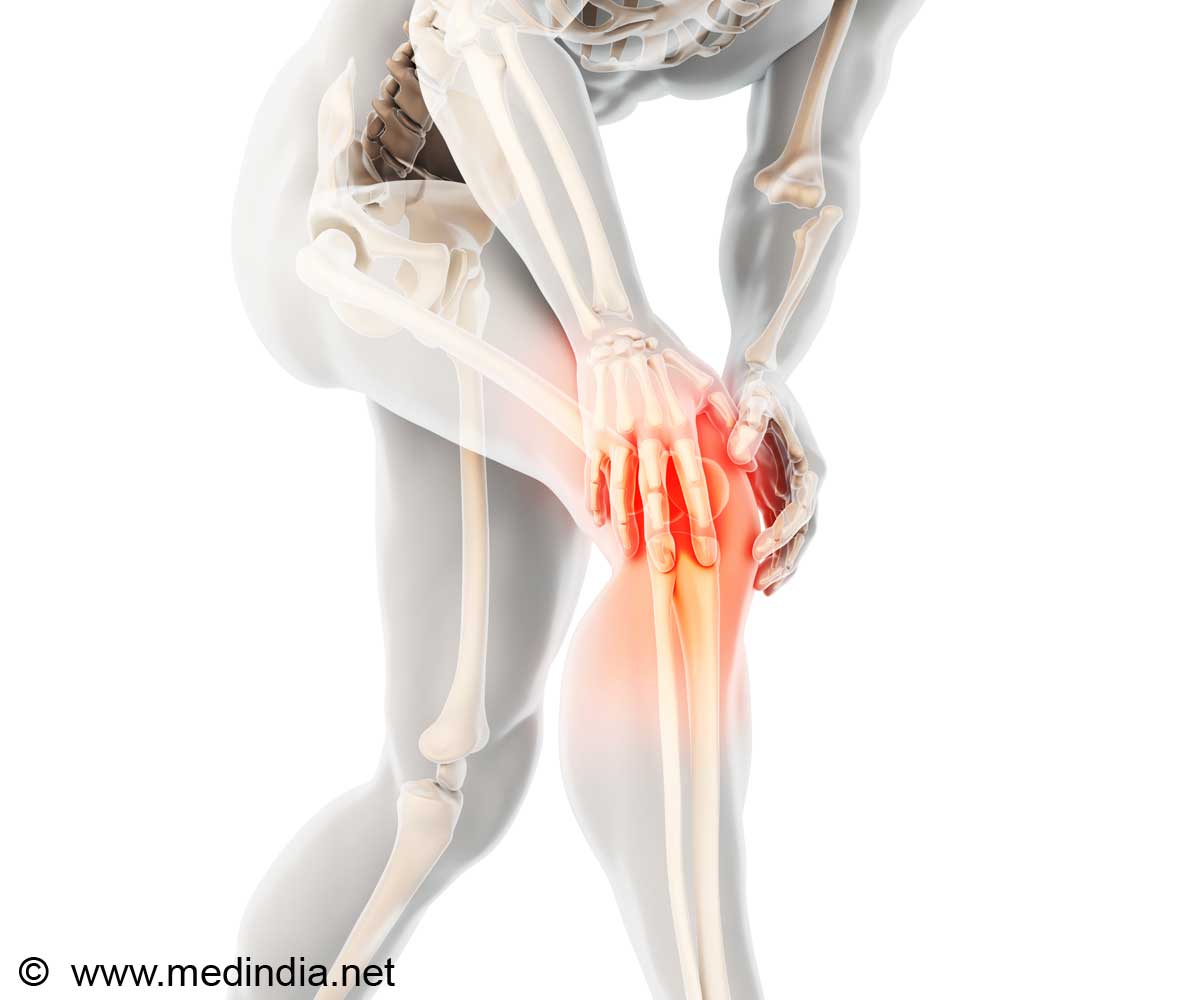
‘Osteoarthritis, a chronic disease common in middle-aged and older people, is characterized by persistent inflammation and degeneration of cartilage in the joints.’
Tweet it Now
Corticosteroids injected directly into the joint provide temporary relief, but frequent treatments can sometimes damage the cartilage. Yuanjin Zhao and colleagues wanted to develop drug delivery particles that, when injected into a joint, could safely enhance lubrication and decrease inflammation. The researchers based their particles on hyaluronic acid (HA), a natural polysaccharide already used as a lubricant to treat osteoarthritis, but this molecule degrades rapidly inside the body. So the researchers used a microfluidic device to make tiny methacrylate anhydride-HA gel particles, which they reasoned might be stronger and persist longer in the body than an HA solution.
Corticosteroids for Osteoarthritis
To enhance the lubrication of the particles, the team coated them with 2-methylacryloyloxyethyl phosphorylcholine (MPC), which has positively and negatively charged chemical groups that attract a thin layer of water, similar to ice. In addition, the particles’ pores were loaded with an anti-inflammatory drug, which could be slowly and continuously released.The researchers then injected drug-loaded HA-MPC particles into the knee joints of rats with early-stage osteoarthritis. The joints of treated rats were more lubricated and had less cartilage destruction, joint friction and inflammation compared with a control group. The treated rats also expressed higher levels of collagen II and aggrecan, two markers of healthy cartilage.
The particles have great potential for clinical applications, but first they must undergo additional animal and biosafety tests, the researchers say. The authors acknowledge funding from the National Key Research and Development Program of China, the National Natural Science Foundation of China, the Natural Science Foundation of Jiangsu, and the Shenzhen Fundamental Research Program.
Advertisement














